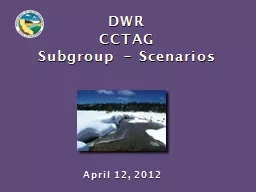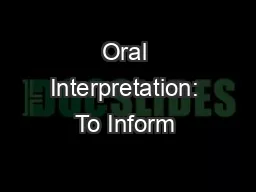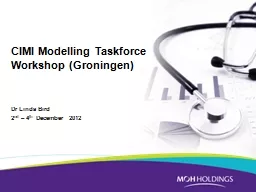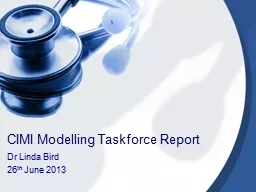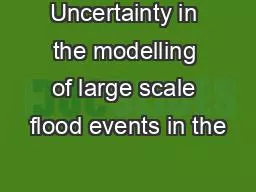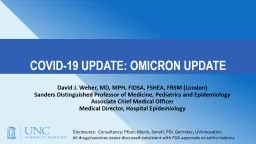PPT-Modelling scenarios inform our planning and response for Omicron
Author : dsmed | Published Date : 2022-02-08
The Prime Minister announced that all of Aotearoa would move to Red setting on Sunday 23 January 2022 in response to the January Omicron cluster
Presentation Embed Code
Download Presentation
Download Presentation The PPT/PDF document "Modelling scenarios inform our planning ..." is the property of its rightful owner. Permission is granted to download and print the materials on this website for personal, non-commercial use only, and to display it on your personal computer provided you do not modify the materials and that you retain all copyright notices contained in the materials. By downloading content from our website, you accept the terms of this agreement.
Modelling scenarios inform our planning and response for Omicron: Transcript
Download Rules Of Document
"Modelling scenarios inform our planning and response for Omicron"The content belongs to its owner. You may download and print it for personal use, without modification, and keep all copyright notices. By downloading, you agree to these terms.
Related Documents

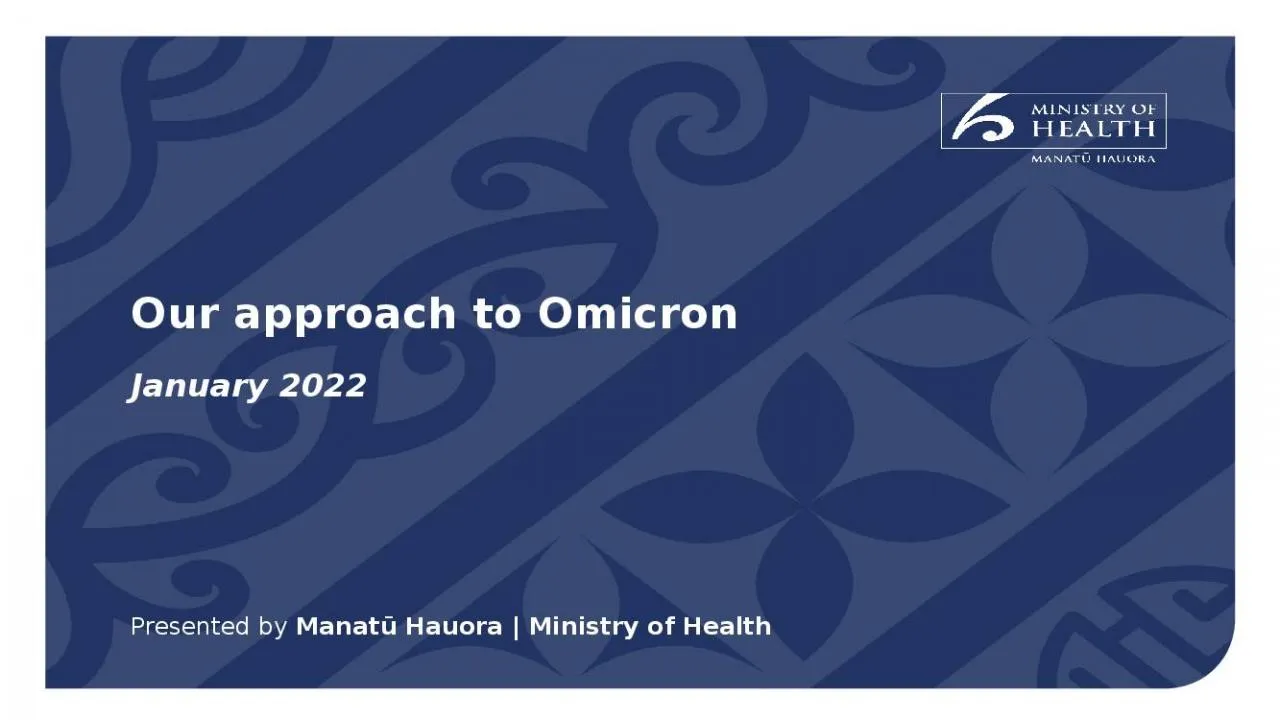
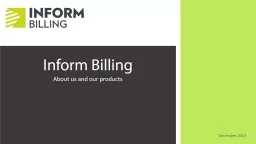


![Initiation Ceremony [University Name]](https://thumbs.docslides.com/675145/initiation-ceremony-university-name.jpg)
